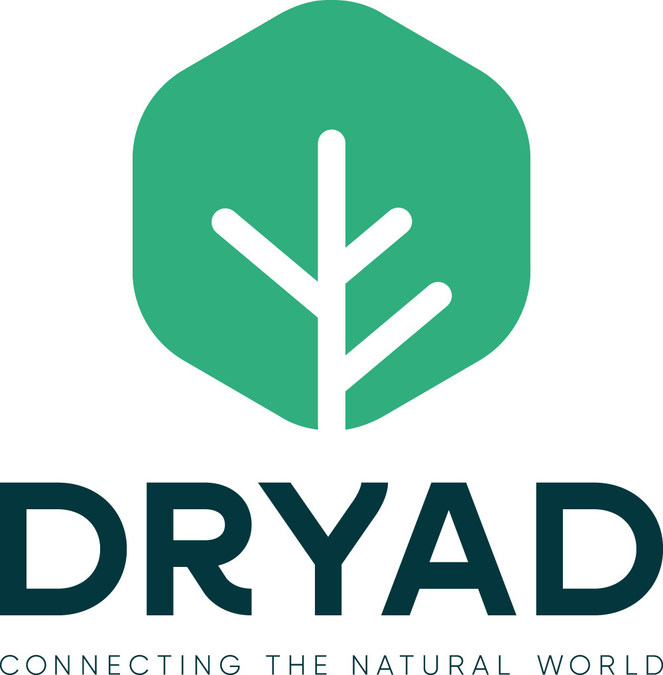Dryad is an environmental IoT start-up based in Berlin and the only provider of solar-powered sensor networks for ultra-early wildfire detection and forest monitoring. The company’s mission is to develop a large-scale IoT network that allows public and private forest owners as well as electricity and railway companies to monitor, analyse and protect the world’s forests.
Our technology uses solar-powered gas sensors in a large-scale IoT sensor network to reduce unwanted wildfires, which are causing up to 20% of global CO2 emissions and have a devastating impact on biodiversity. Through dramatically reducing reaction times for wildfires, we aim to prevent 3.9m hectares of forest from burning and prevent 1.7bn tons of CO2 emissions by 2030.

How did you come up with the idea for the company?
It was 2019, when the European media televised massive wildfires in Australia and the Amazon, when I started to think about how we could reduce the impact of wildfires on climate change and their devastation on communities. My daughter was already taking to the streets with Fridays for Future, which finally triggered me to throw myself at something purposeful for the environment and use tech for good. I had sold my previous (telecoms infrastructure) company and was ready for the next challenge.
Dryad was created by seven Co-Founders and leverages expertise and specialties from telecoms, cloud, and electronics. We realised that there were big technological challenges to overcome to improve wildfire detection: How to power sensors in remote forests, how to build a network without relying on patchy mobile signal, and how to make a sensor that was affordable so that the technology could be rolled out at the scale needed.
We believed that, with our combination of skills and experience, we would be able to solve these challenges – and we did. Dryad is now providing sensors and a large-scale connectivity infrastructure to some of the world’s most remote forests.
More from Interviews
- Meet Roman Eloshvili, Founder of ComplyControl
- Inside Mobile Payments with Bojoko’s Ville Saari
- Meet Steve Haskew, Group Director of Sustainability and Growth At Circular Computing
- A Chat with Hakob Astabatsyan, CEO and Co-Founder of Synthflow AI
- Meet Ernesto Suarez, CEO at Travel Insurance Provider: Gigasure
- Under Pressure and On the Clock: Gurhan Kiziloz’s Nexus International to Hit $1.45B Revenue in 2025
- Daisy Ip of InvestHK: Why Hong Kong Continues To Grow In Popularity Amongst UK Fintech Startups
- A Chat with AJ Balance, Chief Product Officer at Grindr
How has the company evolved over the last couple of years?
We started developing the product in 2020 after receiving seed funding from Brandenburg Kapital and strategic investor STIHL and have used this funding to develop the product over the last two years.
After successfully completing 12 proof of concepts (POC) with customers in Europe and US, the company recently raised 10.5 million EURO Series A funding from investors eCAPITAL, Toba Capital, Marc Benioff’s TIME Ventures, and strategic partner Semtech. We’re now reselling our technology across North America, Asia, and Europe.
Dryad also recently passed a significant milestone by manufacturing 10,000 sensors in a month and have set our aim to produce 230,000 next year.
What can we hope to see from Dryad in the future?
We’re eyeing big growth in 2023. We see a wide variety of vertical industries interested in our ultra-early fire detection and, while customers such as cities and public sector entities, like Department of Forestry in the US, come as no surprise, we’ve garnered interest from utilities and railroad companies concerned with liabilities due to fires caused by their equipment and activities.
As we continue to scale and enter new markets, we’re guided by the overarching objective to protect as many forests as possible worldwide with our solar-powered gas sensors.
With substantial levels of funding secured and industry expertise to support us, we’re now scaling our team and providing critical ultra-early wildfire detection. We’re also opening our network to complementary IoT applications such as health and growth monitoring and security applications such as detection of illegal logging.



